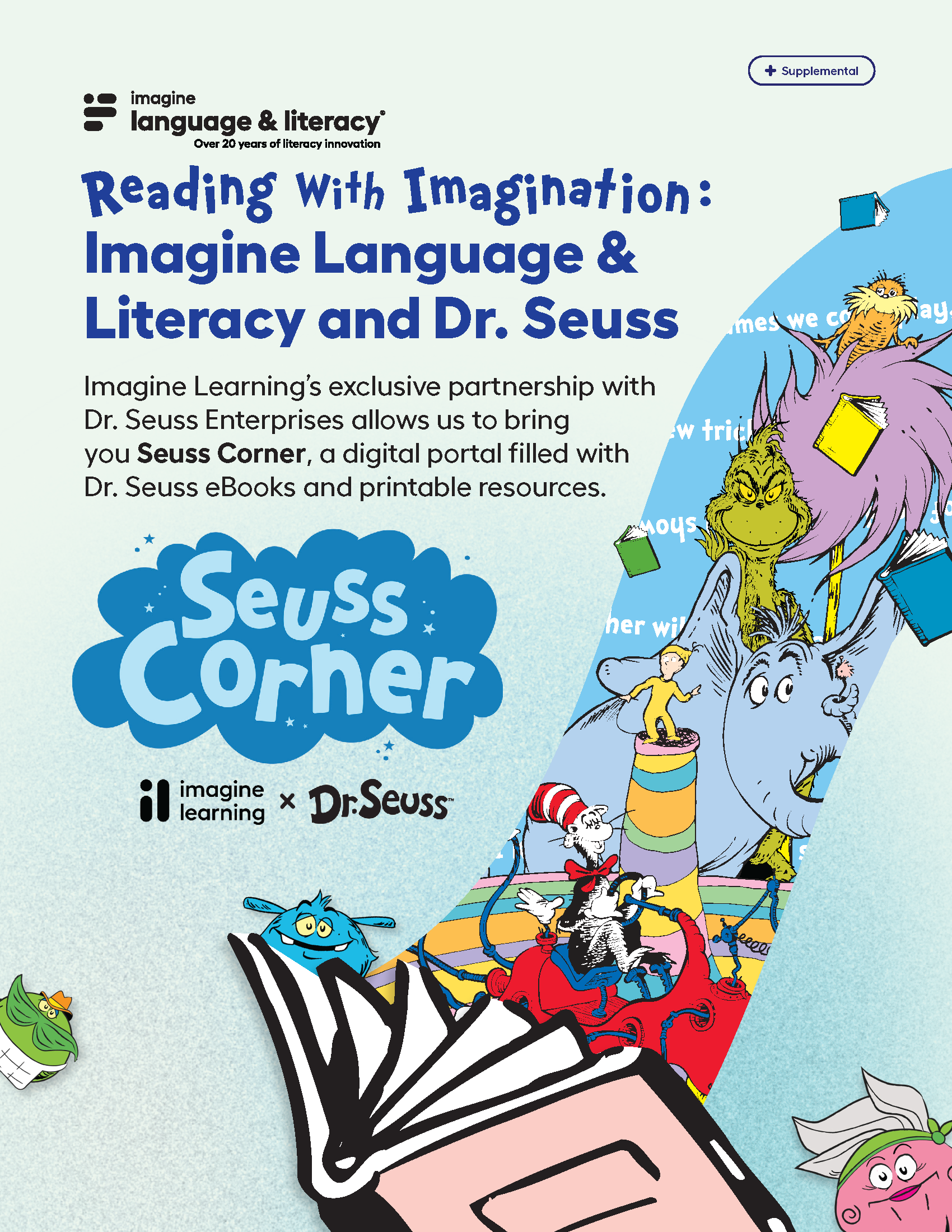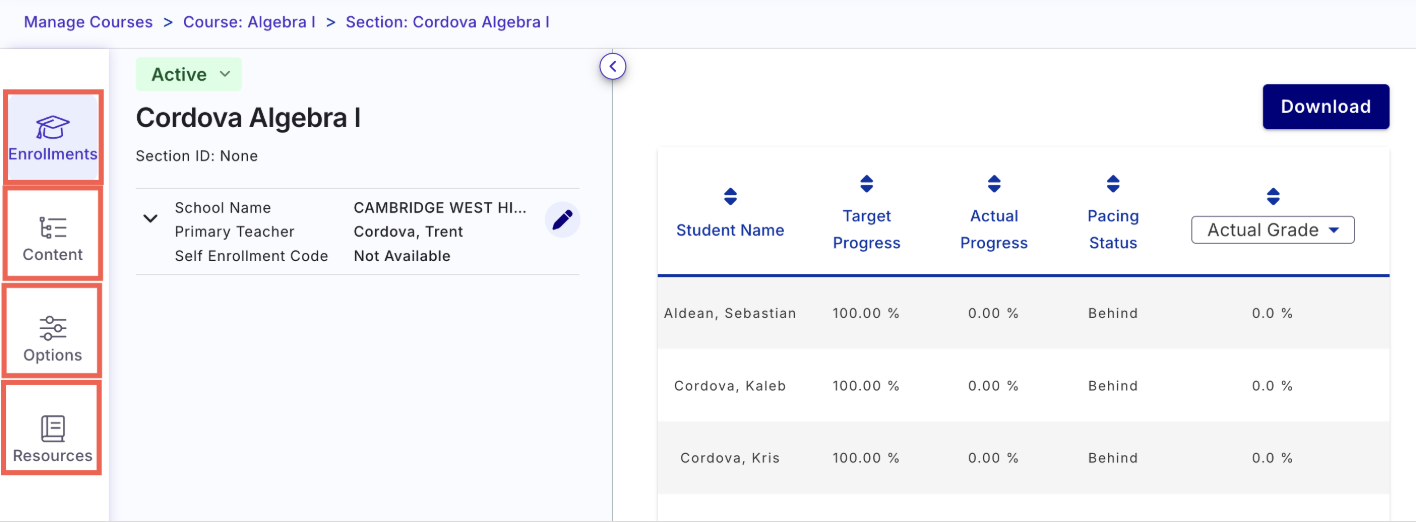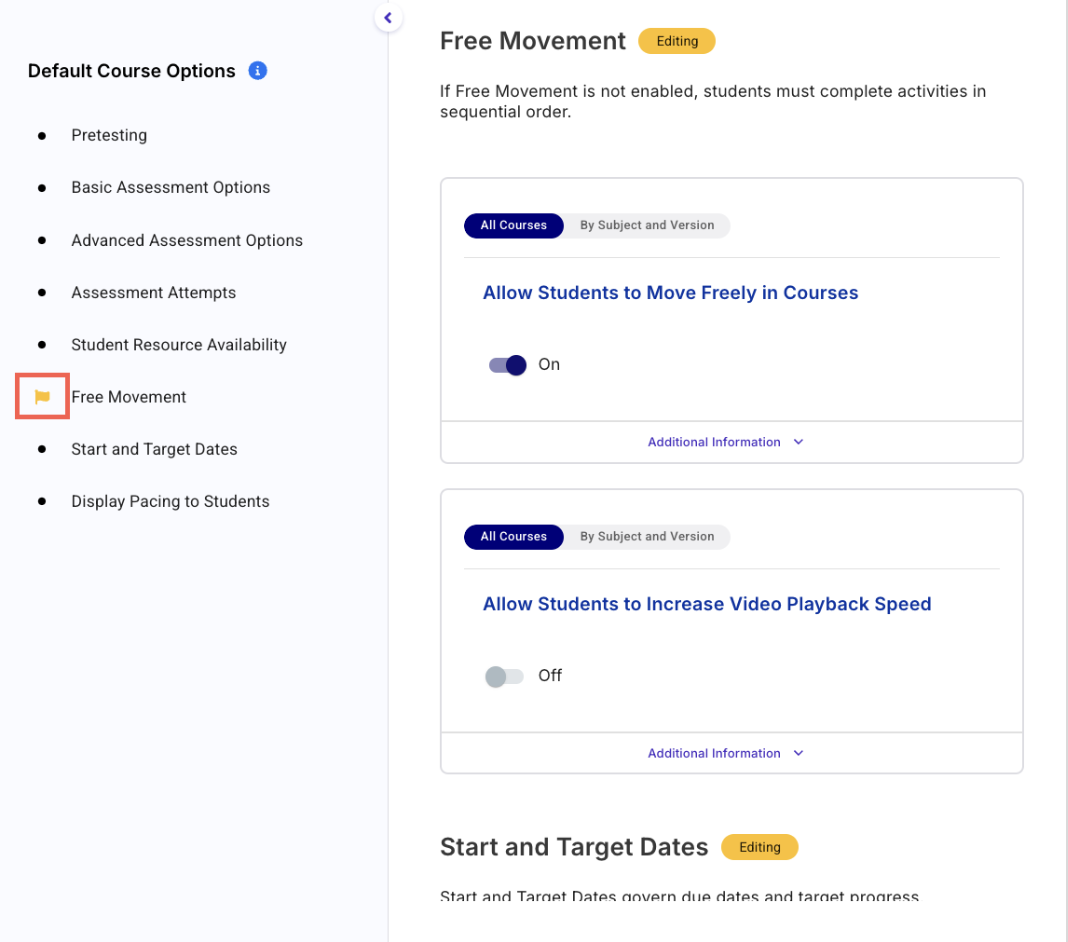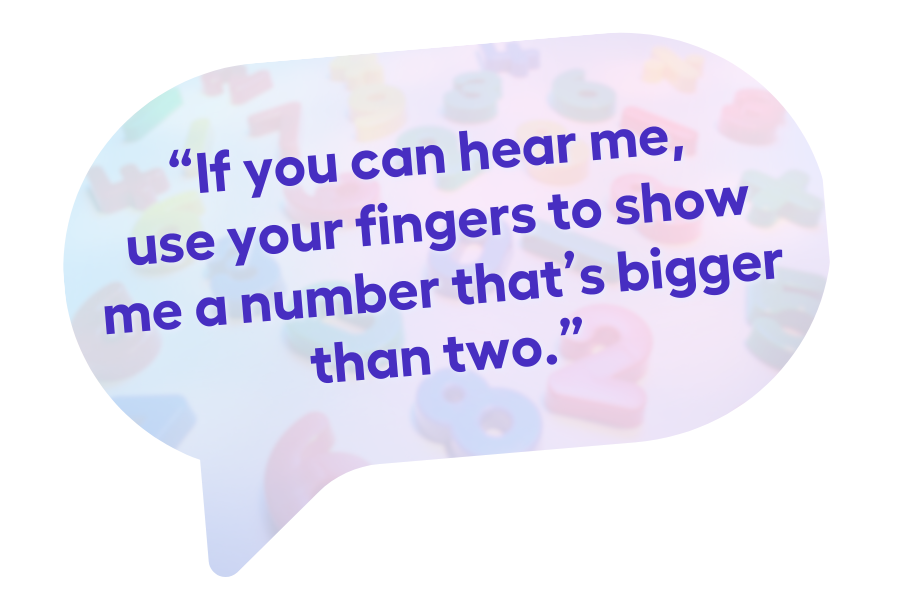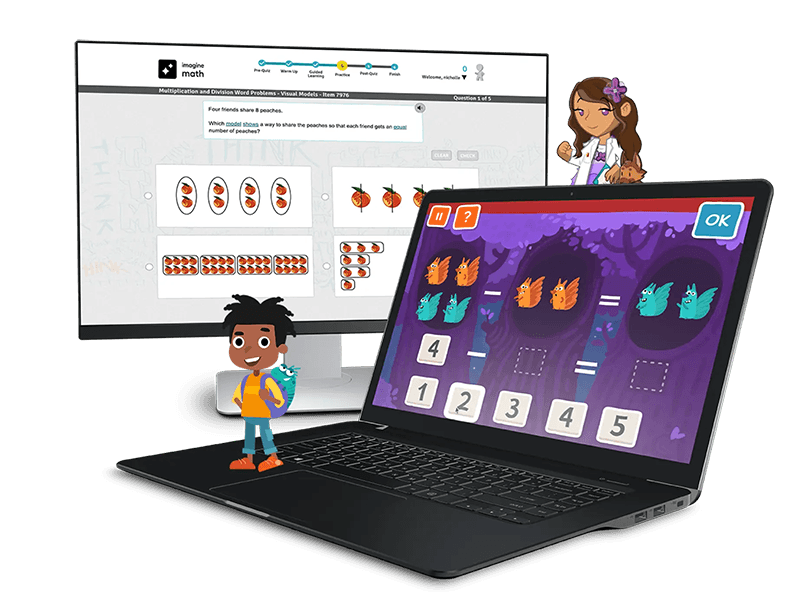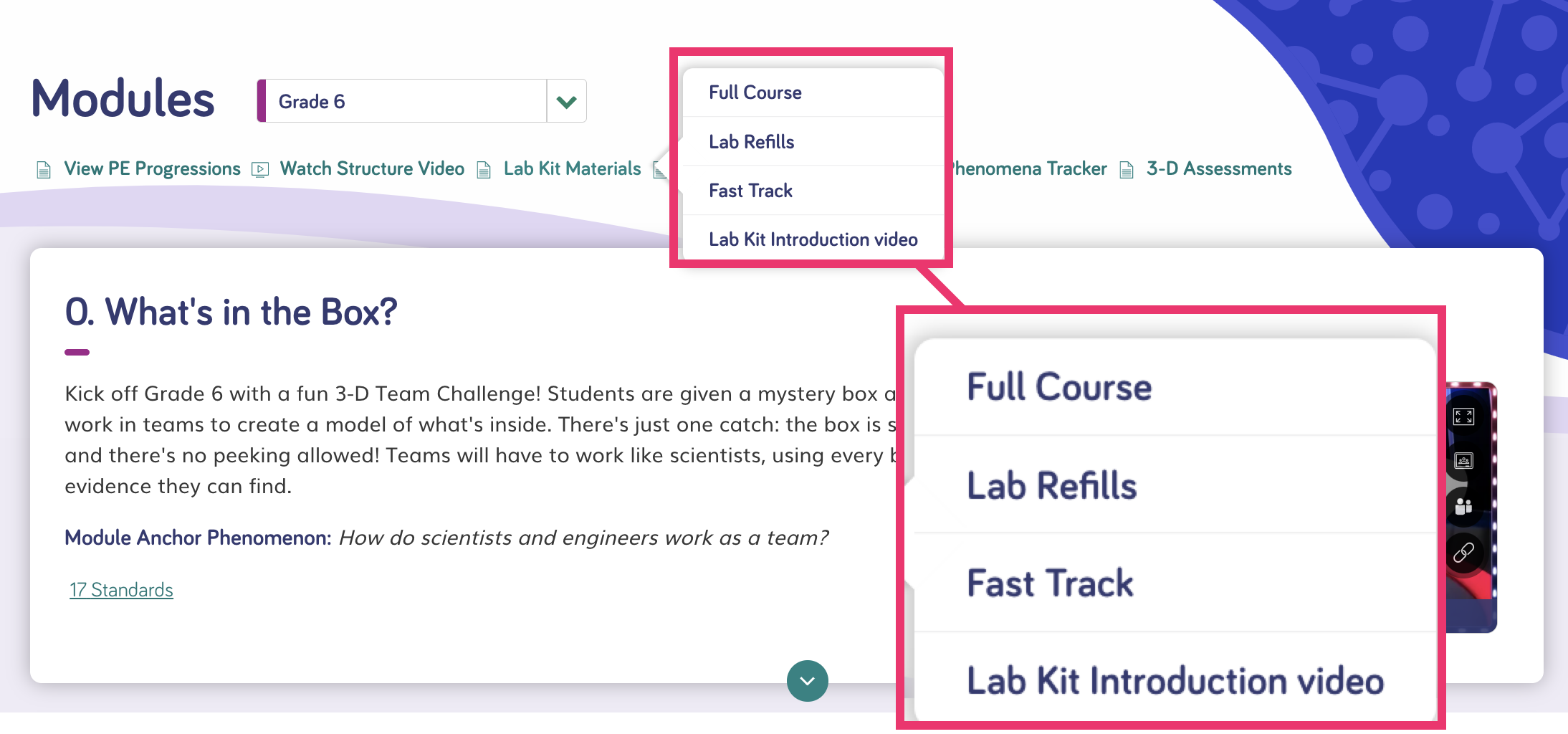Keeping up with the latest buzzy “It” thing in education can feel like a game of whack-a-mole for enthusiastic but time-strapped teachers and district leaders. Even if you’re familiar with what each new theory, technique, or product is, there’s still an analysis process of, “It sounds exciting… but is it affordable? Sustainable? Equitable?” You also need to determine if your school or district has the capacity (and the willingness…(best of luck there)) to pivot away from whatever “It” is replacing.
For all that effort, this latest shiny thing sure as heck better be effective, right?
That’s an easy one to answer when what you’re considering are High-Quality Instructional Materials, or HQIM.
As you’re no doubt aware, HQIM are research-based resources and curricula that are designed to meet specific educational standards and improve learning outcomes across subjects, and they’re the topic of conversation in teachers’ lounges and district meetings around the country.
While having “high quality” in the name suggests efficacy is inherent, it’s important to understand what exactly makes HQIM so powerful in the classroom.
